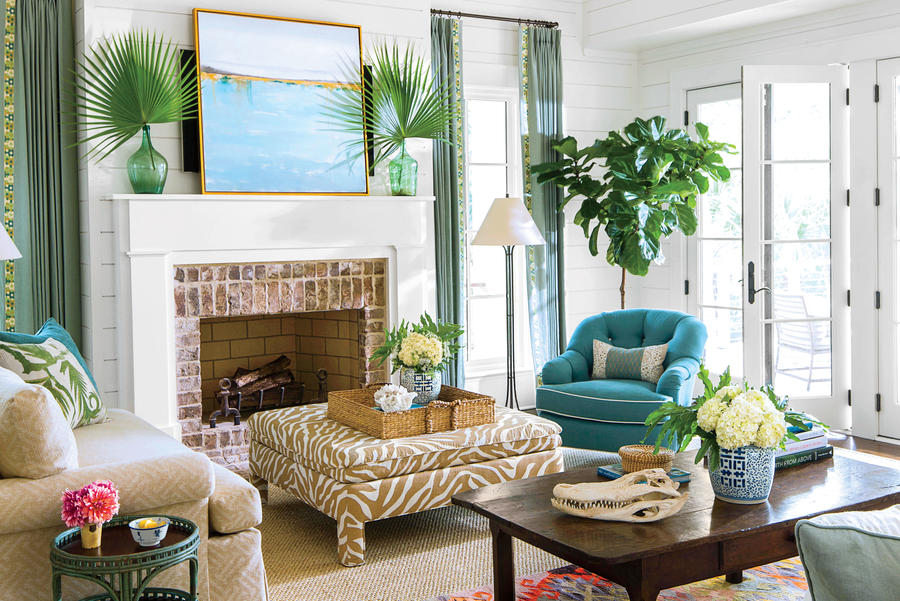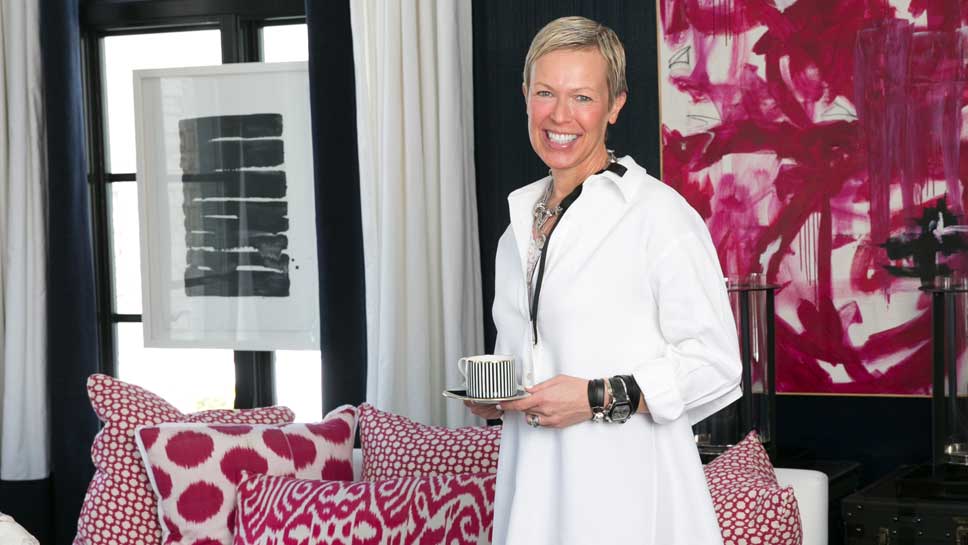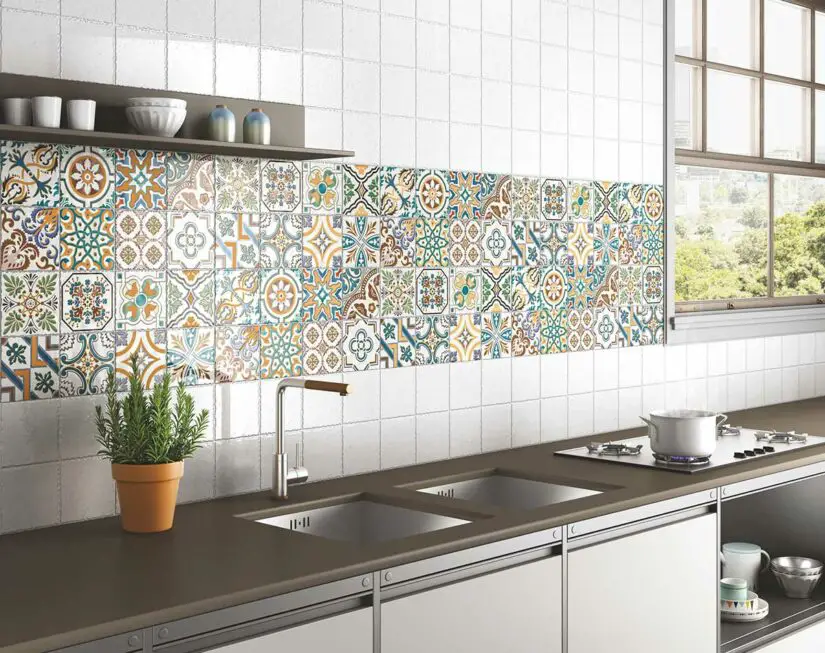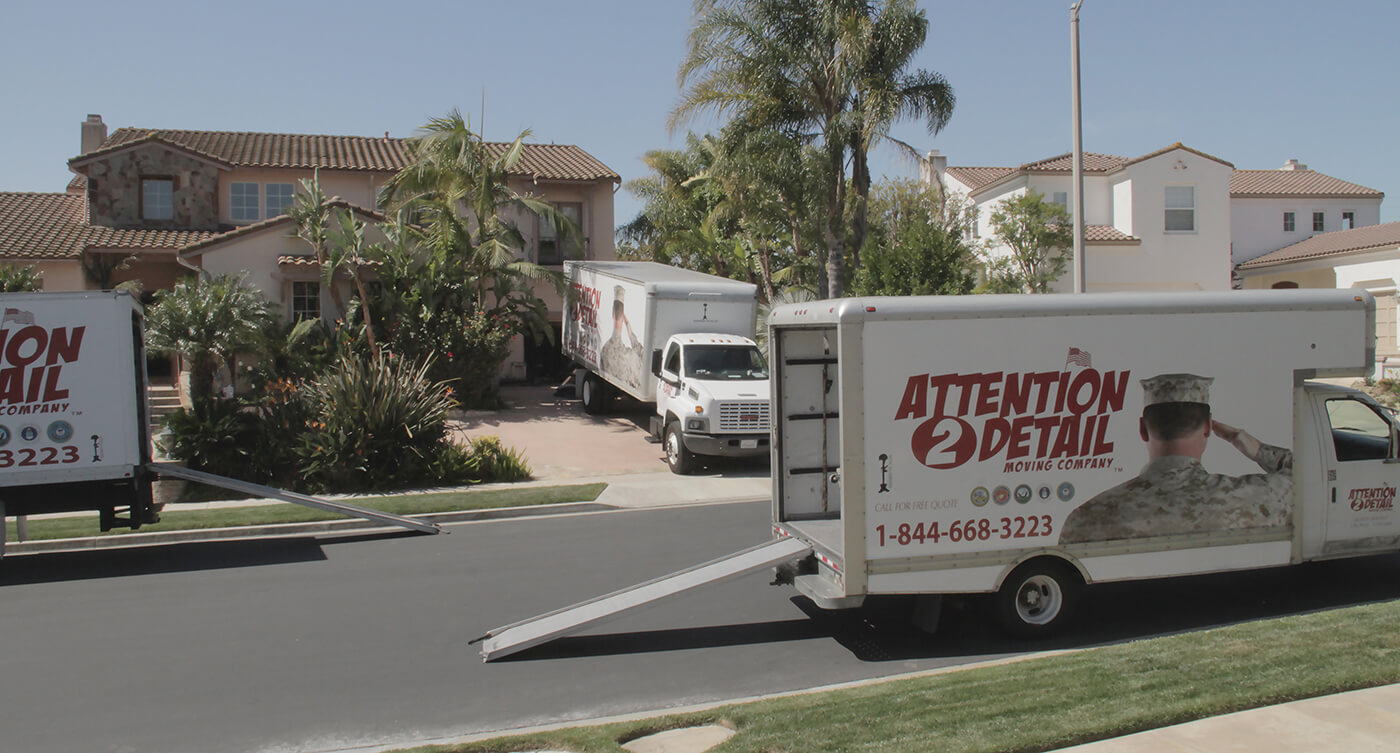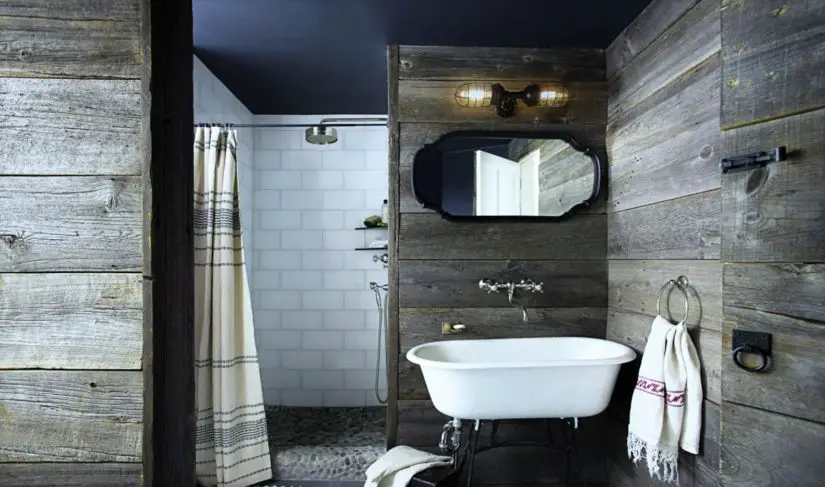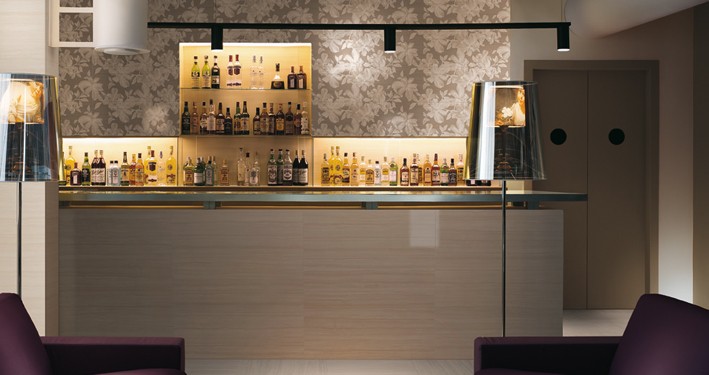Quality projects don’t just happen. Putting together a realistic budget is just one step to being successful in your next interior design project. An experienced consultant is a good investment.
Realistic Budget
The budget doesn’t have to be huge, but it should be realistic. To open a new business or move an existing one, is not cheap. It’s an investment. Just as with any investment spending wisely is paramount. No one wants to get halfway through a project and find they don’t have enough cash to finish it.
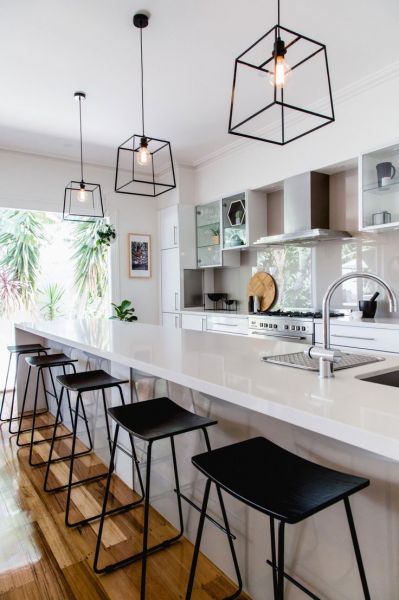
When planning a project, it’s critical to think about the balance between price, style and schedule. It isn’t possible to enjoy all three in equal parts.
Do The Research
Talk to several contractors to see if any offer a baseline cost per square foot. The numbers are only a baseline as they will permit only the most basic finishes. Be sure to add a few extra dollars per square foot for a higher-end look and especially if you want involved electrical hookups or special plumbing requirements.
Hire A Professional
Retain a Registered Interior Designer even if it is just on an hourly basis. The extra time and small amount of money spent will prevent future budget headaches. Be sure to let them know during the first meeting what budget they will be working with. You can visit sites like Houzz or Stillwater Dwellings for design ideas.
The Budget Is For More Than Construction
When putting together a budget many forget to think of several items which are often overlooked:
Demolition Costs. Some demolition may need to happen if you’re moving into a previously occupied space. Typical costs for demolition run about $1 – $2 per square foot. If some material is to salvageable, overall costs can be lowered if the contractor is allowed to take it..
Contractor’s Overhead. This is your cost of doing business with the contractor. The costs may range between 15% – 25% of total construction costs. If the market is stable, the costs will be towards the lower end of the scale.
Contingencies. This item takes care of any unforeseen changes. There are always a change or two during projects so budget in advance.
Consultant Fees. While consultant fees are not part of the construction budget, they should be considered. If you’re unsure how much to set aside for consultants’ fees, call and ask.
Taxes. The appropriate taxes should be added on for fees, materials and labor for the construction budget as well as any design changes during the project.
What If The Upfront Funds Aren’t There?
If you’ve crunched the numbers and find you don’t have the funds to begin the project, there are three things which can be done.
Phase The Project
Instead of totally putting the project off, tackle a smaller aspect now and save money for future design work.
Leasing Agent
Some persons have found themselves without the capital, but with more than adequate cash flow. Contact a leasing agent and see if it would be possible to lease some items instead of buying them, up front, for full cost.
Wait
Sometimes you just have to wait on the design project. Don’t start the project if it can’t be finished. No one will be happy with the results. It’s better to put off design changes now and have something you’ll be happy with for years.
